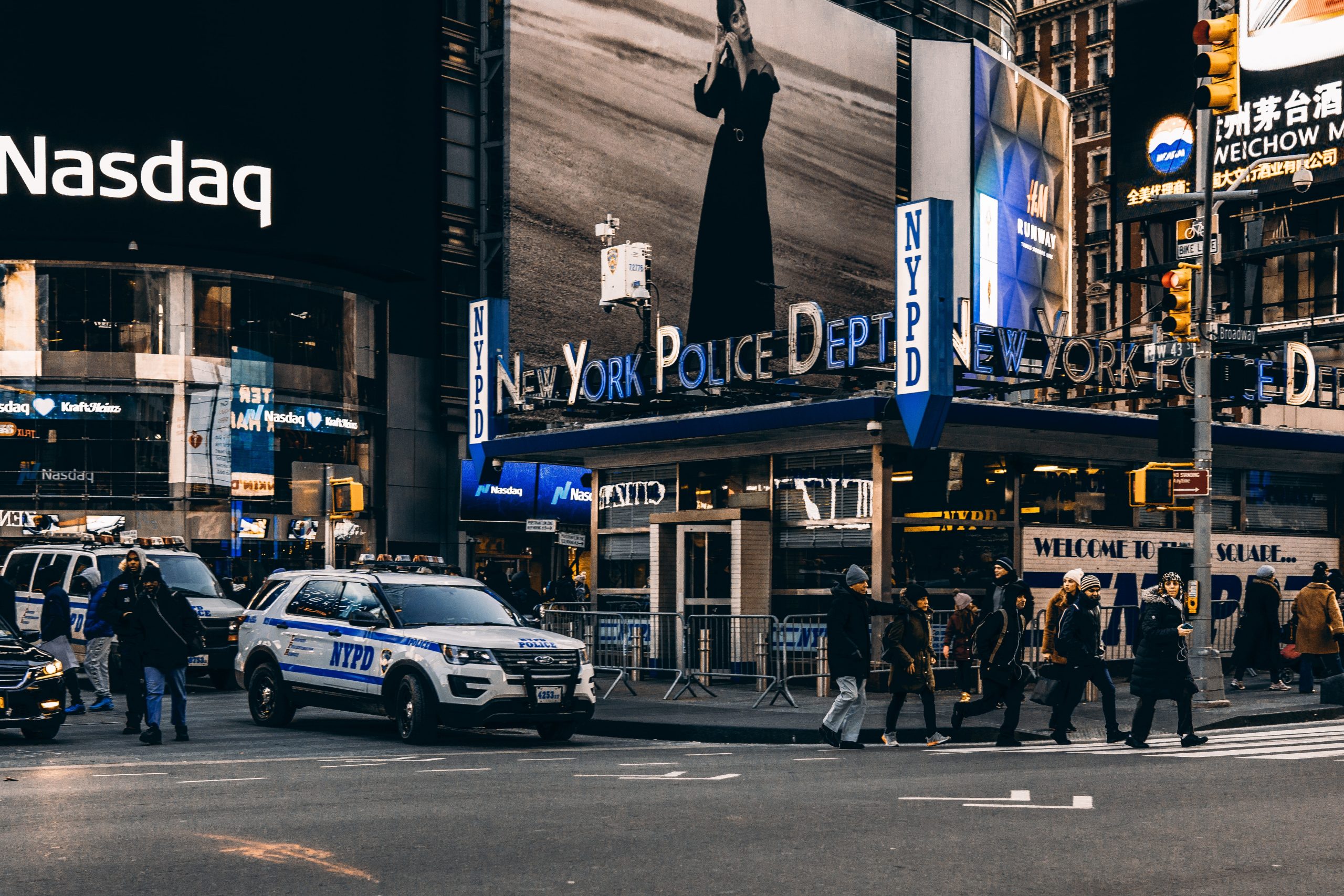- There is no way to predict what will happen in the near term.
- Warren Buffett has famously said the inflationary period in the 1980s was a great time to buy stocks.
- For long-term investors, growth stocks look attractive at current prices.
While there is ample macroeconomic uncertainty keeping the Nasdaq down, the market is a forward-looking machine. The slightest easy in conditions could turn things around.
For investors in high-growth companies, the first half of 2022 has felt like a roller coaster than only goes down.
In fact, the Nasdaq Composite Index recorded its worst first half of any year on record.
As the market heads into the back nine of 2022, the question on all our minds is “will it get any better?” There are countless factors that will go into determining if the next six months will be a story of recovery or simply more pain for the Nasdaq and market at large.
IMAGE SOURCE: GETTY IMAGES.
Why the Nasdaq has been crushed so far
In an effort to keep this article brief, I’ll provide a list of reasons the market as a whole (but especially the Nasdaq) has gotten pummeled so far in 2022:
- We are still in a global pandemic.
- The war between Russia and Ukraine has created unprecedented uncertainty and fear.
- Inflation has risen to the highest level in over 40 years (with little signs of cooling off).
- Interest rates are on the rise.
- Gross domestic product (GDP) is slowing, indicating a looming recession (if we aren’t already in one).
These macroeconomic factors caused the market, which is largely driven by sentiment in the near term, to flee risky stocks (i.e. growth stocks) for the more stable blue chips.
Things have gotten even worse as consumer sentiment has weakened, which further suggests we are headed toward a recession. The Conference Board recently reported the Consumer Confidence Index fell to the lowest levels since February 2021.
Its safe to say the near-term economic outlook is not sunshine and rainbows.
Reasons to be optimistic
Even with all the gloom, there still reasons to be excited for the future of stocks — even growth stocks.
First, we know the stock market is a forward-looking machine. This means a lot of the negativity is priced in at current levels. While things can always get worse, if even one of the bleak macroeconomic factors starts to turn around, the market could begin to take off.
Second, while inflation has usually resulted in lower prices for equities, Warren Buffett famously stated in his 2008 New York Times opinion piece, “Buy American. I am”: “[I]n the early 1980s, the time to buy stocks was when inflation raged and the economy was in the tank.”
Buffett is referring to one of the hottest inflationary periods in the late 1970s and early 1980s:
| Year | YoY Inflation Rate | Federal Funds Rate |
|---|---|---|
| 1977 | 6.7% | 6.5% |
| 1978 | 9% | 10% |
| 1979 | 13.3% | 12% |
| 1980 | 12.5% | 18% |
| 1981 | 8.9% | 12% |
DATA SOURCE: BUREAU OF LABOR STATISTICS AND FEDERAL RESERVE BANK OF NEW YORK
Looking at the numbers above, one would assume the stock market tanked over that period. But not exactly:

There are certainly countless differences between the last extended period of high inflation and the current environment, but it goes to show the market doesn’t always behave the way you expect.
It’s constantly looking forward, so if the gloom starts to clear even slightly, the second half of the year could be better than these first six months.
The Nasdaq is poised to outperform
Whenever the market does begin to recover (and it will at some point), history suggests the Nasdaq will go up faster than the S&P 500:

^IXIC DATA BY YCHARTS
Even with rising interest rates, the Nasdaq is heavily weighted to big tech names that are not dependent on taking on debt to fund their operations and further their growth. Young, unprofitable start-ups are in a very vulnerable position, but the Amazon (AMZN -0.68%)s and Apple (AAPL 0.47%)s of the world will continue their dominance and grow their bottom lines.
While there is more ground to make up for growth stocks, investors who get in at current prices could enjoy healthy gains over the next several years, assuming they have the stomach to weather the near-term economic uncertainty.
Photo by Meriç Dağlı on Unsplash

